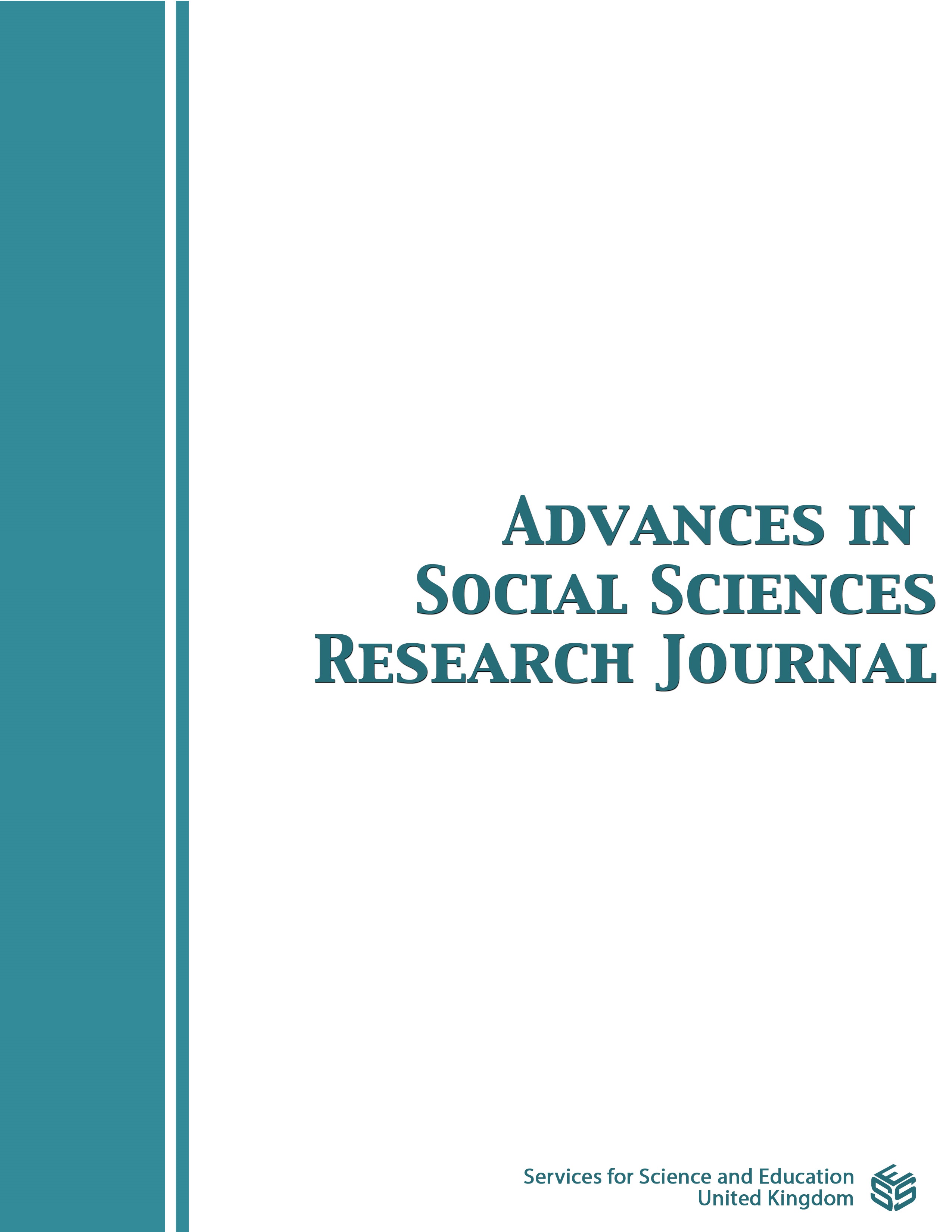The Relevance of Home-Grown Solutions: A Comparative Analogy of Gacaca and Abunzi Mediation in Rwanda
DOI:
https://doi.org/10.14738/assrj.1010.15674Keywords:
Gacaca, Abunzi, home-grown solutions, genocide, mediationAbstract
This paper examines the impact of the Gacaca and its contributions to the restoration of justice and reconciliation in Rwanda after the genocide, in relation to the Abunzi committees with the objective of assessing its relevance and why it was disbanded. The rationale is to know how the Gacaca system inspired a series of other home-grown solutions aiming at disputes settlement in a peaceful way, with much emphasis to the Abunzi committees. To attain this, the researchers adopted a qualitative approach using a thematic review through a desk study where a thematic analysis was used to compare and contrast the relevance of Gacaca and Abunzi with content analysis propagated deductively in an iterative manner. The findings indicated that the Gacaca and the Abunzi contributed tremendously to the acquisition of transitional justice in Rwanda as well as eradicating the culture of impunity and dispensing justice to the victims. Moreover, these courts laid the foundation of peace, reconciliation and unity. Perceptively, the Rwandese acknowledged the role of these courts because it exposed what had happened in their local communities and assisted many families to identify their missing family members and relatives thereby enhancing the importance of the sustainability of home-grown solutions. In perspective, this study will create an awareness in establishing a home-grown solution and will act as an addition to the yawning gap of the lack of documents. Members of the Gacaca and the Abunzi should undertake building of their capacity to be schooled in mediation as well as the government should be able to provide resources and trainings to boost their outputs.
Downloads
Published
How to Cite
Issue
Section
License
Copyright (c) 2023 Abraham Tamukum Tangwe, Gloire Sebuyange Victoire, Patrick Kofi Benyin

This work is licensed under a Creative Commons Attribution 4.0 International License.
Authors wishing to include figures, tables, or text passages that have already been published elsewhere are required to obtain permission from the copyright owner(s) for both the print and online format and to include evidence that such permission has been granted when submitting their papers. Any material received without such evidence will be assumed to originate from the authors.






